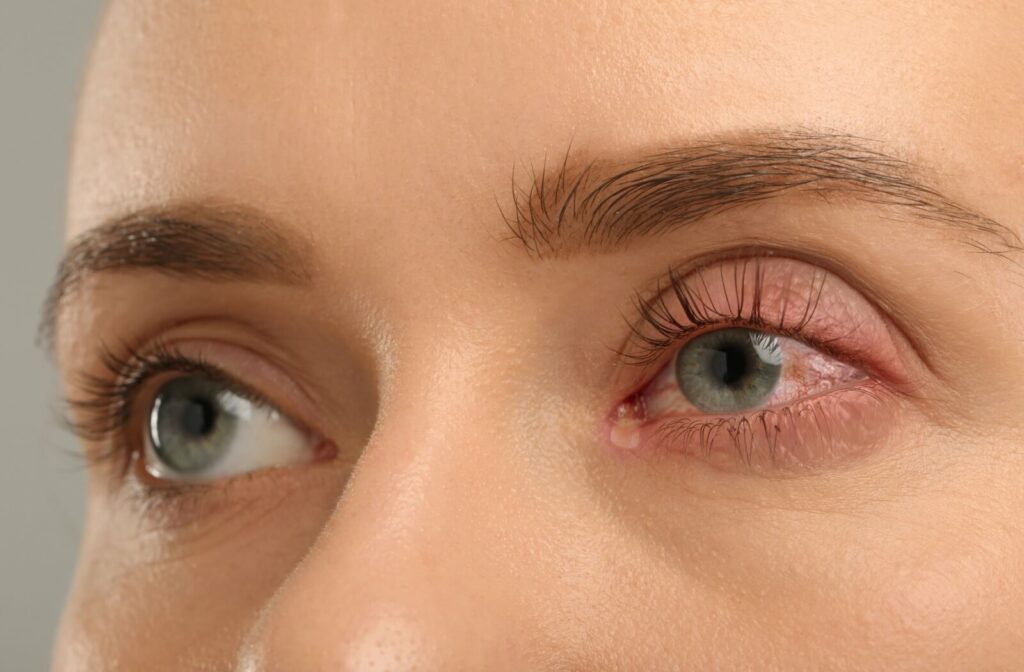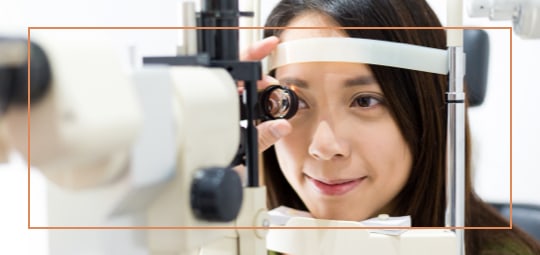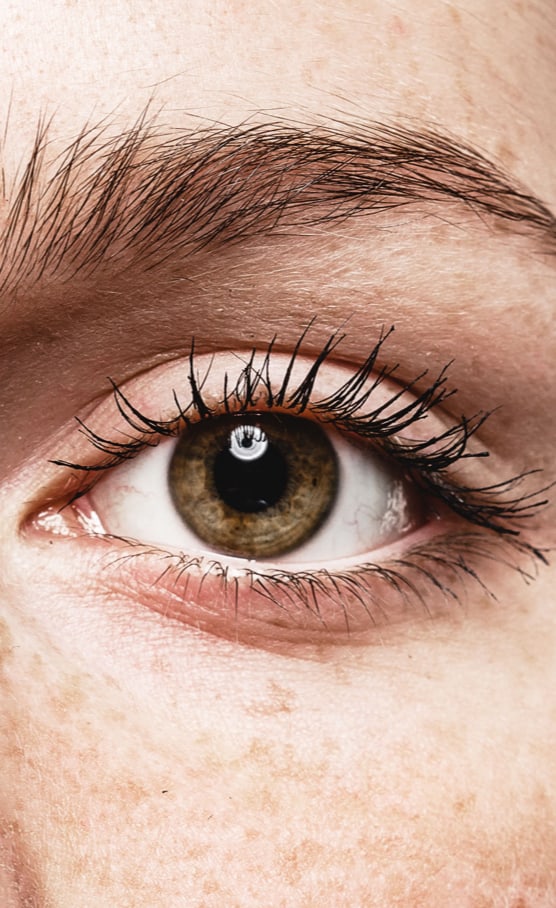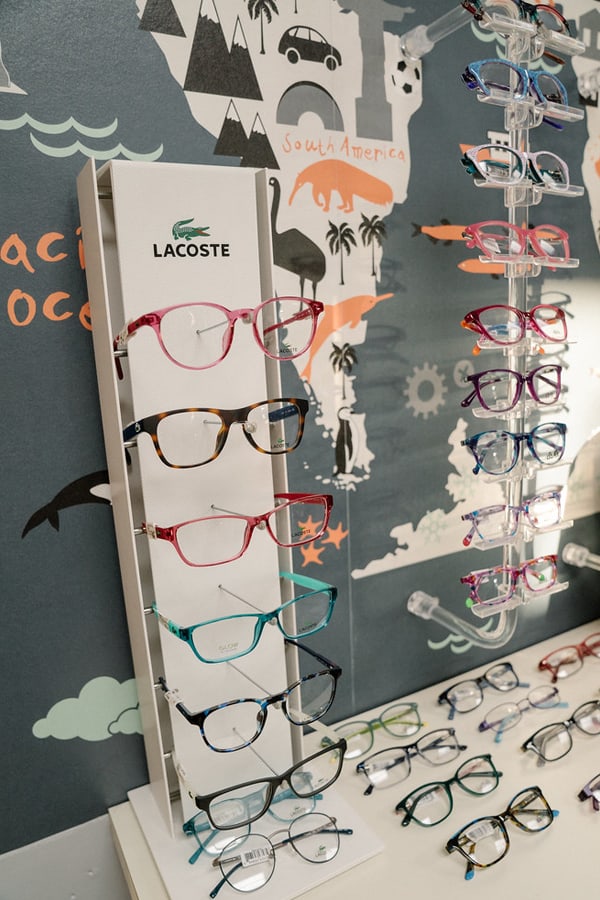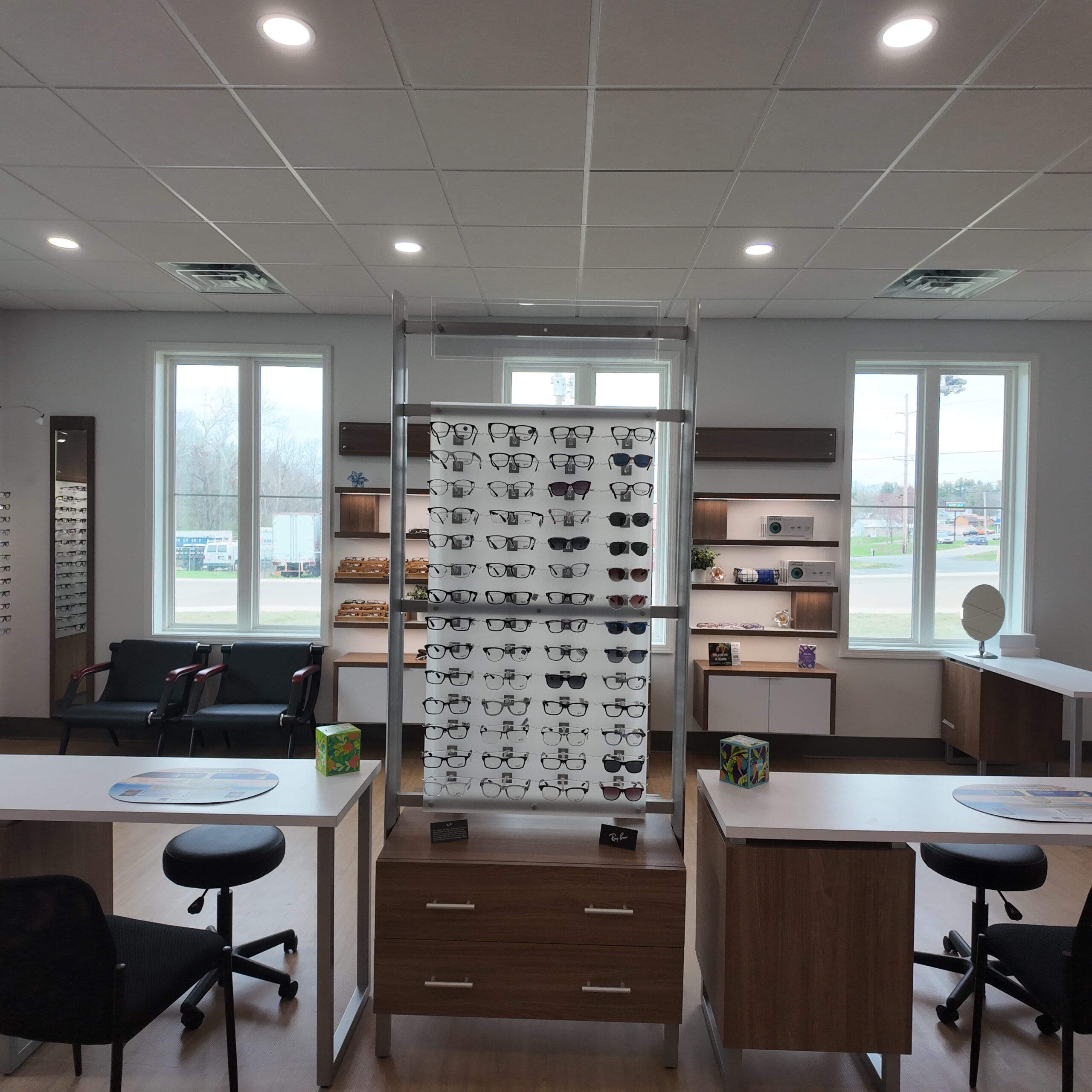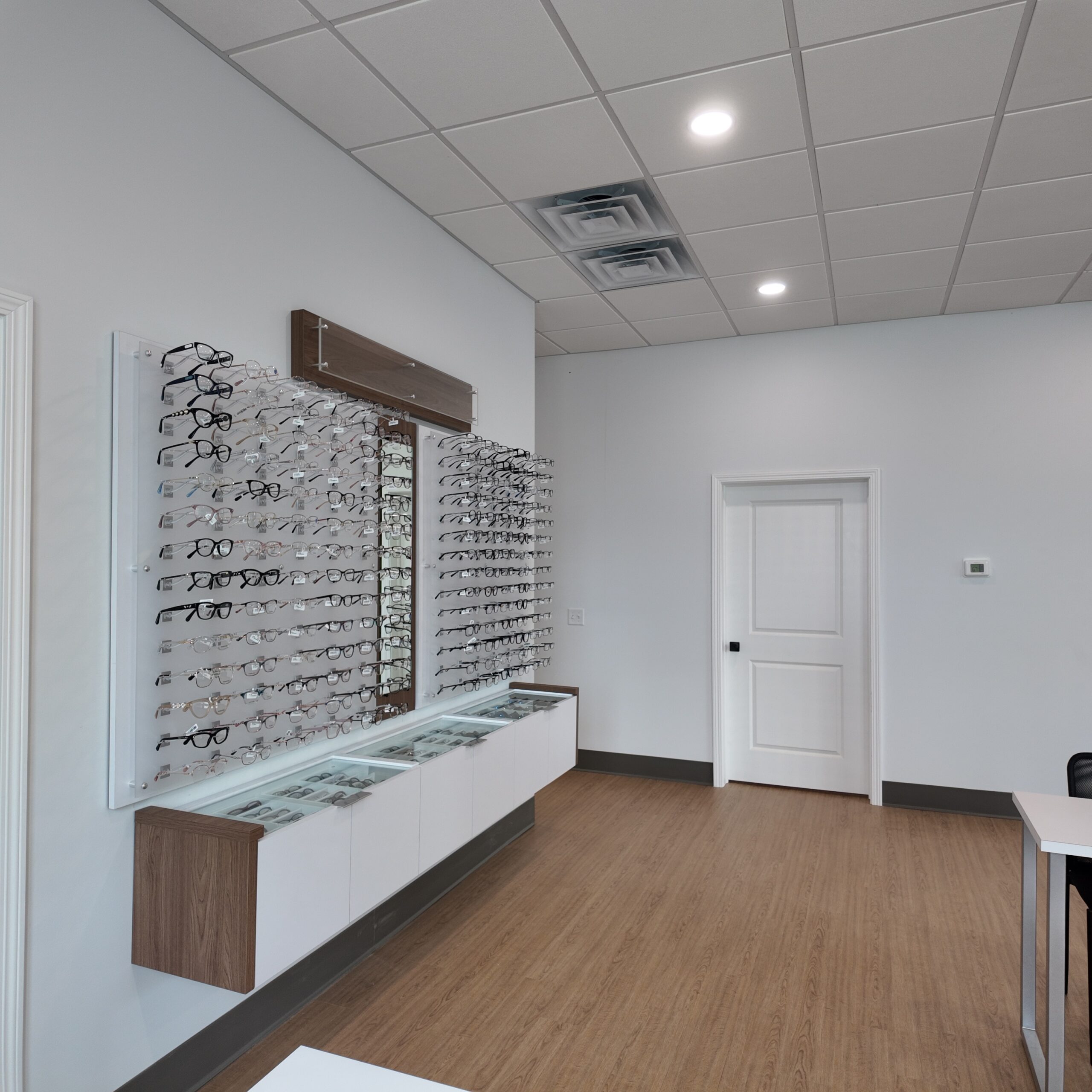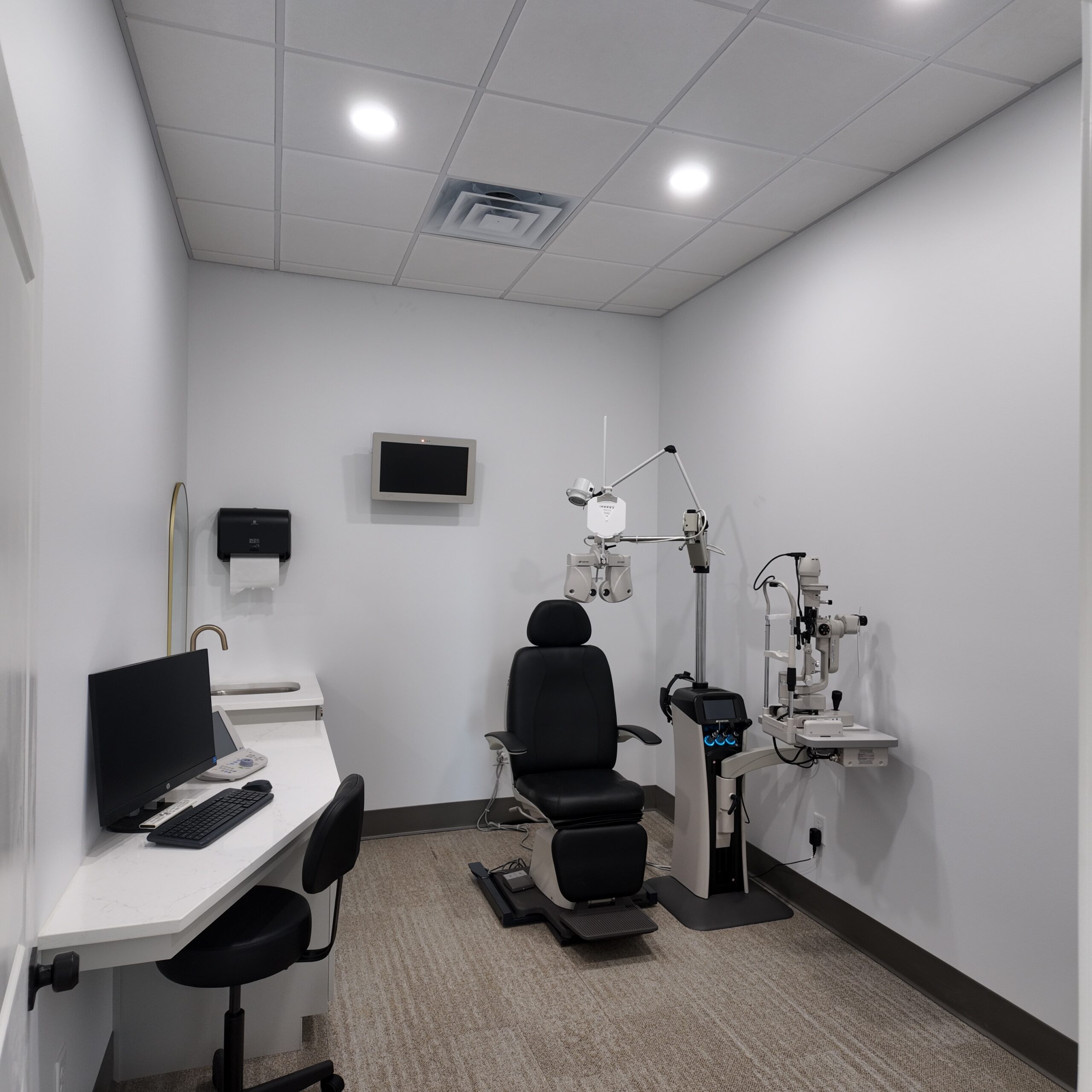Red, irritated eyes are a fairly common health concern. For many people, these symptoms immediately lead to one assumption: pink eye, or conjunctivitis. While conjunctivitis is certainly frequent and familiar, it’s far from the only cause of red eyes or discomfort.
Other eye conditions resembling pink eye symptoms can include:
- Allergies
- Blepharitis
- Dry eye
- Subconjunctival hemorrhage
- Styes
Mistaking other conditions for pink eye can result in inappropriate treatments and delayed relief. Acting fast generally leads to better results. Visit our Insights Optical team to schedule a visit with your optometrist for emergency eye care.
The Power of an Accurate Diagnosis
Pink eye shares symptoms like redness, swelling, discharge, and irritation with several other eye conditions. These shared characteristics make it easy for the untrained eye to mistake conjunctivitis for something else, especially without professional evaluation.
Making incorrect assumptions can lead to improper treatments, thereby worsening discomfort and prolonging recovery.
To pinpoint the actual condition and determine the underlying cause of irritation, your eye doctor uses a series of tests to evaluate your eye health, symptoms, and severity to develop an effective treatment plan and facilitate proper healing.
What Could Be Mistaken for Pink Eye?
When the eye’s surface appears red or irritated, it often takes on a pink-like color, which people can mistake for pink eye. Outside of the healthcare world, most people use pink eye as an umbrella term, however, it’s a distinct condition with its own symptoms.
There are several types of pink eye, with different underlying causes and slightly different traits, each with its own course of treatment.
On top of these technicalities, several eye conditions mimic conjunctivitis symptoms. Below, we’ll explore some of the most common misdiagnoses.
Allergies
Otherwise known as allergic conjunctivitis (yes, it’s another form of pink eye), this condition develops when your eyes react to allergens like pollen, dust, or pet dander. The immune response from your body sparks redness, itching, and watery eyes.
Along with allergic conjunctivitis, viral and bacterial varieties of pink eye also exist. These are both highly contagious (hence why people worry), whereas allergies are not.
The key differences between these two conditions are that:
- Allergies cause itchiness, whereas non-allergic pink eye causes more soreness and burning.
- Symptoms like sneezing, nasal congestion, and an itchy nose accompany allergies.
- Allergies often affect both eyes simultaneously, while bacterial or viral conjunctivitis may affect one eye before spreading to the other.
Eye allergies respond best to antihistamines, artificial tears, and avoiding allergens rather than antibiotics, which treat bacterial conjunctivitis.
Blepharitis
Blepharitis refers to eyelid inflammation, often caused by clogged oil glands near the base of your lashes. It can also be associated with bacterial infections, dandruff, or skin conditions like rosacea. Like pink eye, blepharitis can lead to red, swollen, and irritated eyelids.
The key differences between the two conditions are that:
- Blepharitis causes crusty buildup or flakes around the eyelashes, whereas pink eye generally doesn’t.
- Blepharitis is often chronic, fluctuating between flare-ups and periods of minimal symptoms, while pink eye develops suddenly.
- Pink eye symptoms affect the eye’s conjunctiva, whereas blepharitis focuses on the eyelids.
Because of blepharitis’s chronic nature, we can manage this condition by using a warm compress mask, by following good eyelid hygiene (removing eye makeup and using eyelid wipes), or with in-office therapies like BlephEx.
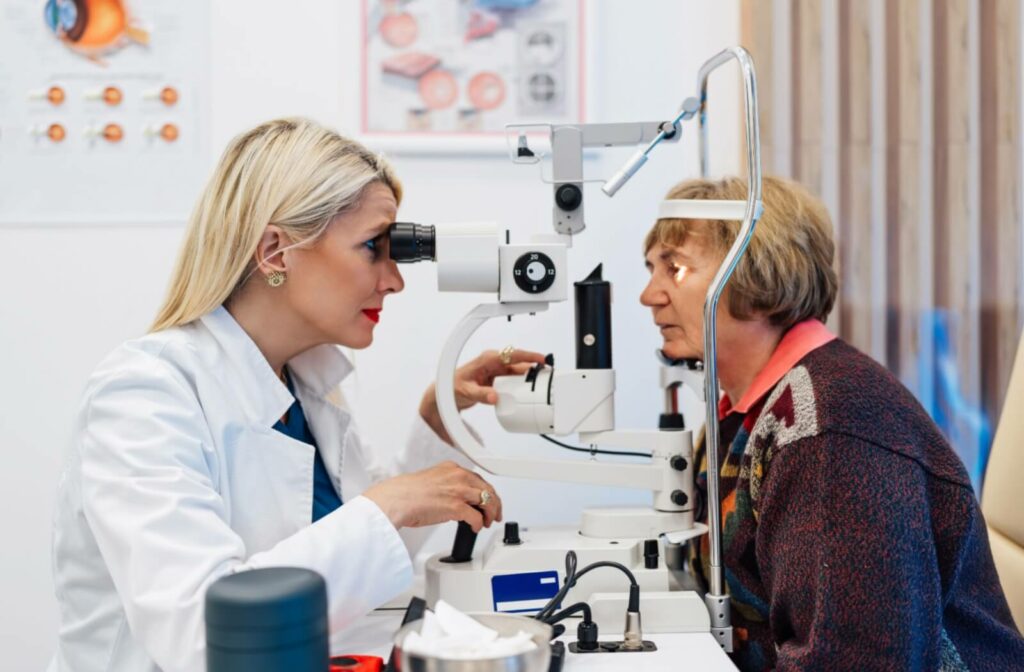
Dry Eyes
Dry eyes are a chronic condition that develops when your eyes don’t produce enough tears or your tears evaporate too quickly. A disruption in the tear film can also cause dry eyes.
Like conjunctivitis, dry eyes can also cause redness, irritation, and a burning sensation. Factors like prolonged screen time, improper contact lens wear and care, and environmental conditions can worsen existing symptoms.
The key differences between the two conditions are that:
- Dry eye symptoms persist over time rather than appearing suddenly.
- Unlike conjunctivitis, dry eyes don’t typically involve significant discharge.
- Dry symptoms are manageable, whereas pink eye can clear up with antihistamines, antibiotics, or time (for viral cases).
There’s no permanent cure for dry eye, but the condition is very manageable using an array of at-home remedies like warm compress masks or artificial tears. For severe or persistent cases, your eye doctor might recommend advanced therapies that target the underlying cause of dry eyes for longer relief.
Subconjunctival Hemorrhage
A subconjunctival hemorrhage happens when a small blood vessel bursts under the clear surface of your eye, creating a bright red blotch on the eye’s surface.
It sounds a lot more serious, but you have to remember how delicate the eye really is. Something as harmless as sneezing or coughing too hard can lead to a blood vessel bursting.
Redness remains a hallmark symptom for both conditions, however, it presents differently. With subconjunctival hemorrhage, redness appears as a defined, bright red patch, whereas the redness that accompanies pink eye is subtle and spreads across the eye’s surface.
The key differences between the two conditions are that:
- Unlike pink eye, a subconjunctival hemorrhage rarely involves discomfort, swelling, or discharge.
- A subconjunctival hemorrhage resolves on its own without treatment over several days or weeks, whereas pink eye requires a more hands-on approach to treatment.
Although there is no treatment for a subconjunctival hemorrhage, visiting your eye doctor after this develops is always a good idea to rule out underlying causes and verify your overall eye health.
Styes
A stye is a small, pus-filled bump that forms on the edge or inside of your eyelid, caused by an infection of an oil gland. Like pink eye, both conditions can cause swelling, redness, and localized pain.
Key differences between the conditions are that:
- A stye is usually more localized, appearing as a defined lump on the eyelid, unlike the diffuse swelling of conjunctivitis.
- Styes may involve tenderness to touch and crust formation directly at the infected gland.
Styes often heal on their own with warm compresses, but may require a professional evaluation for persistent or large infections.
Safeguard Your Sight
Accurate and timely diagnosis doesn’t just improve comfort; it also helps preserve vision long-term.
Once symptoms develop, visiting your eye doctor is always beneficial. Our expert team at Insights Optical uses advanced diagnostics and personalized care to address eye conditions effectively.
The road to full recovery is closer than you think!

